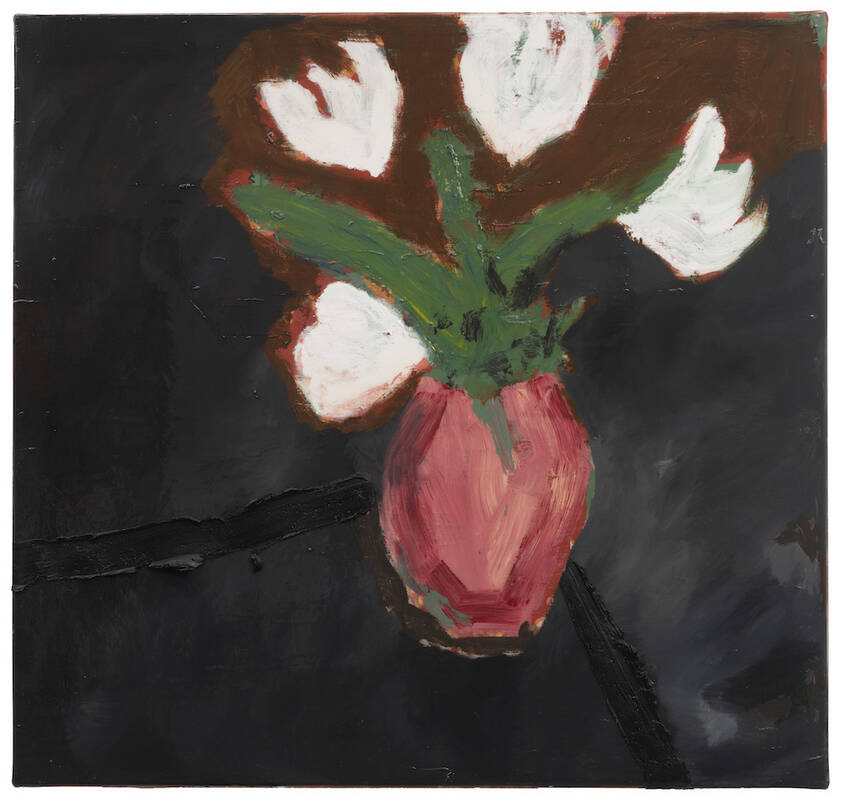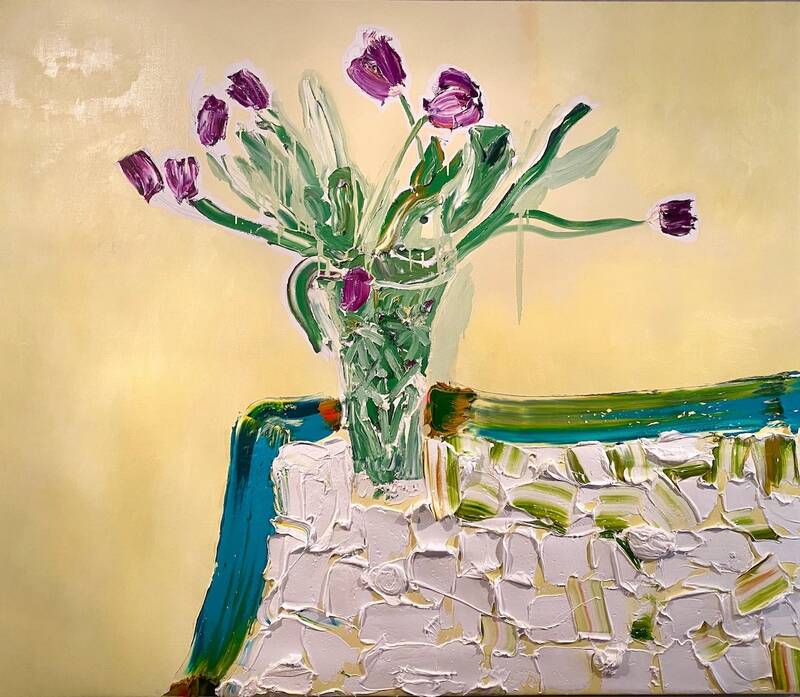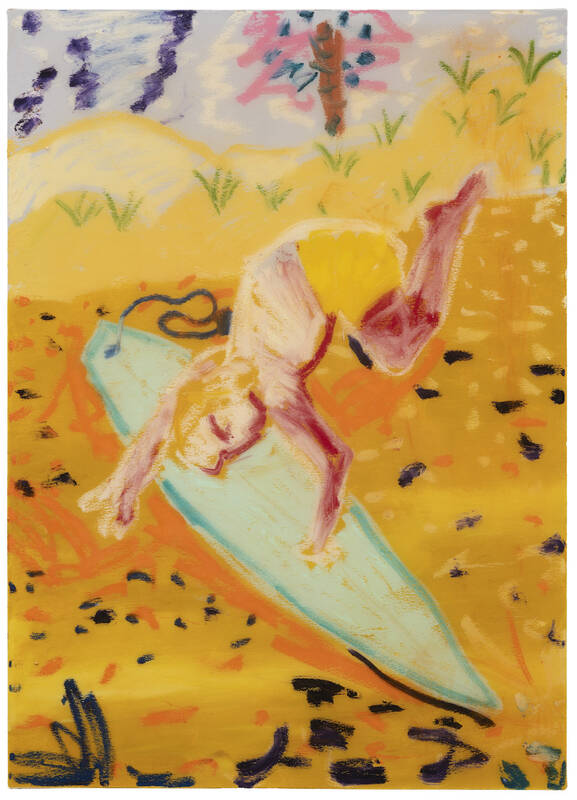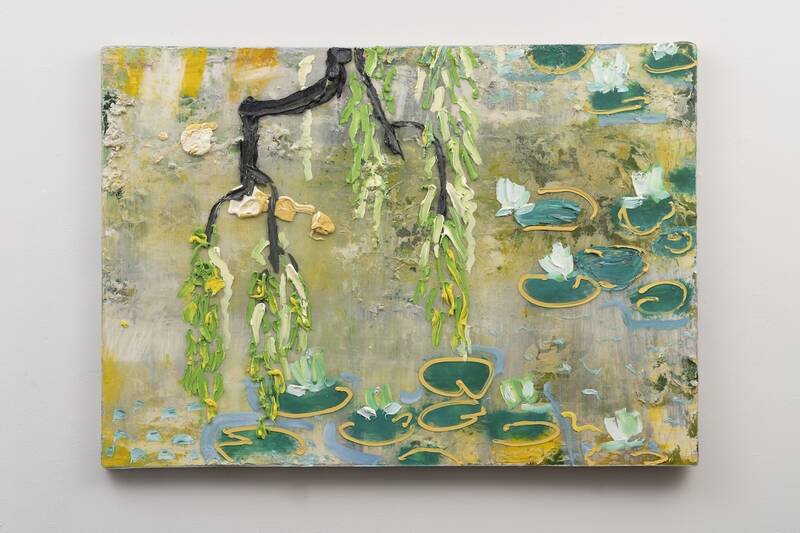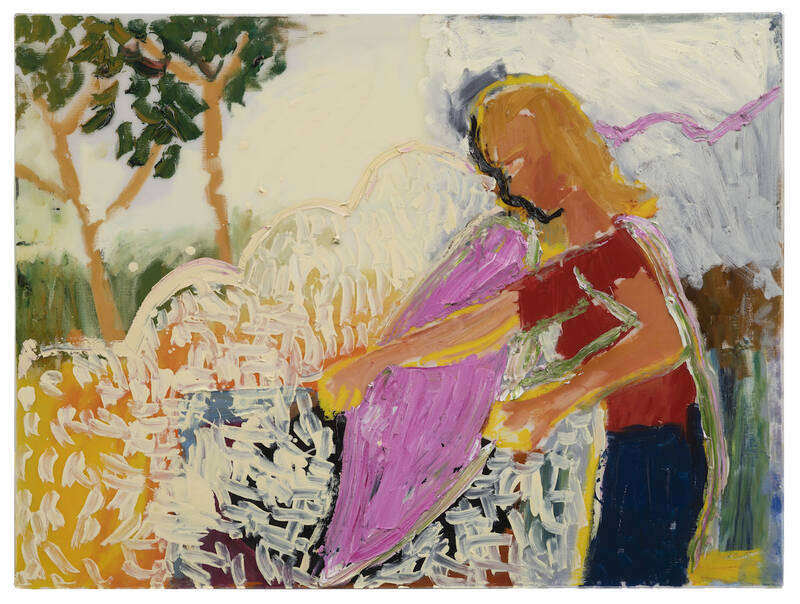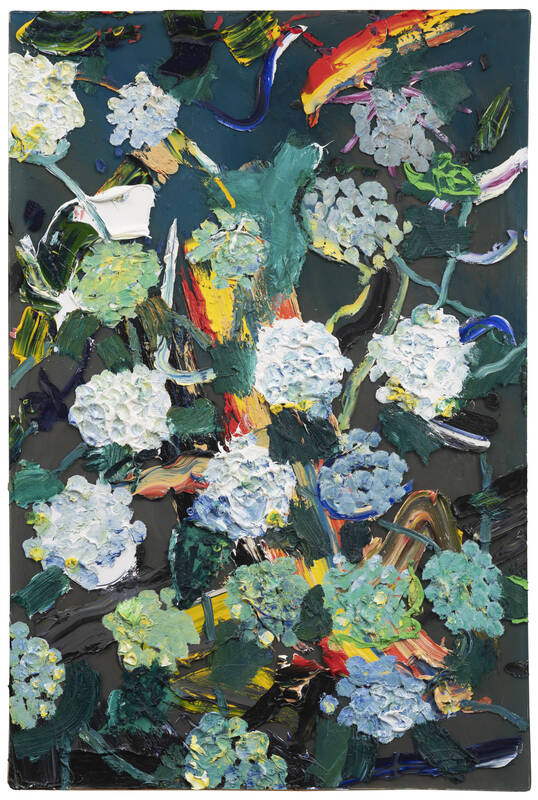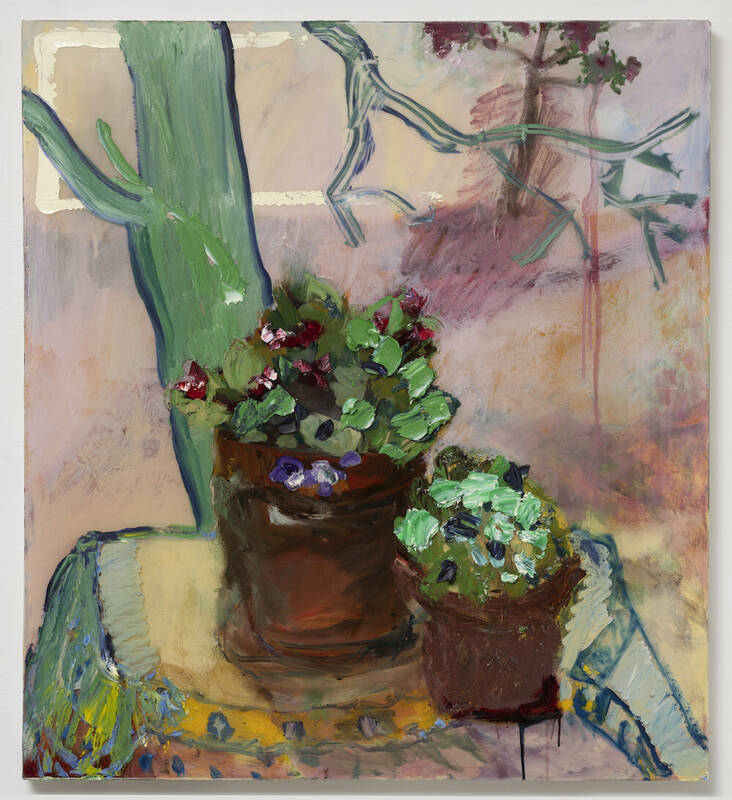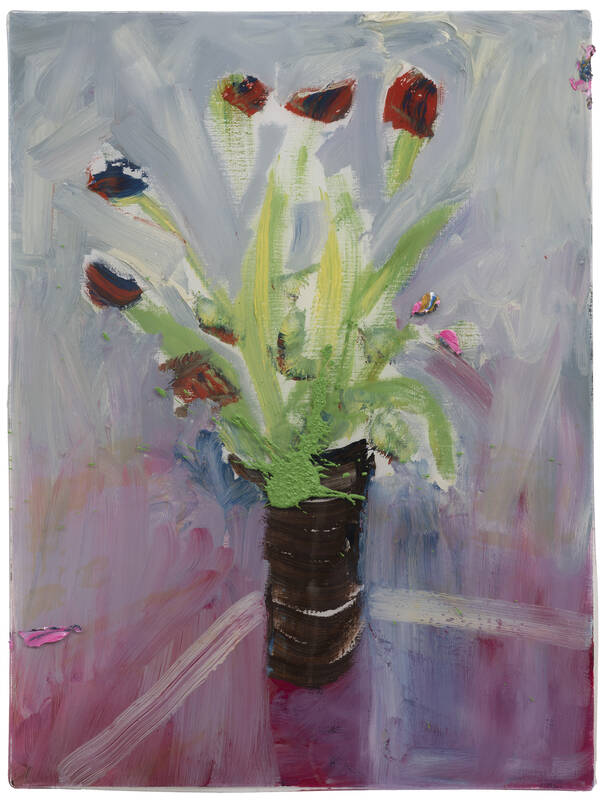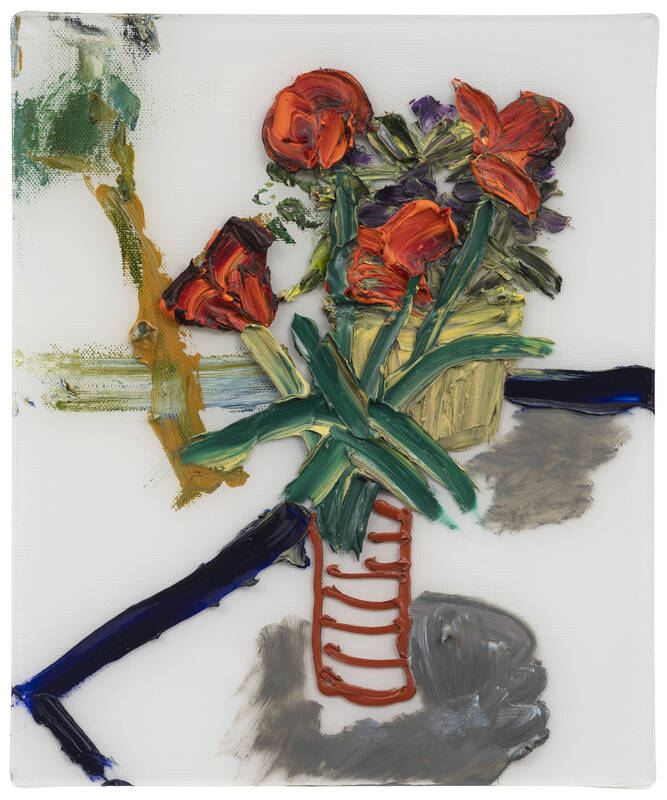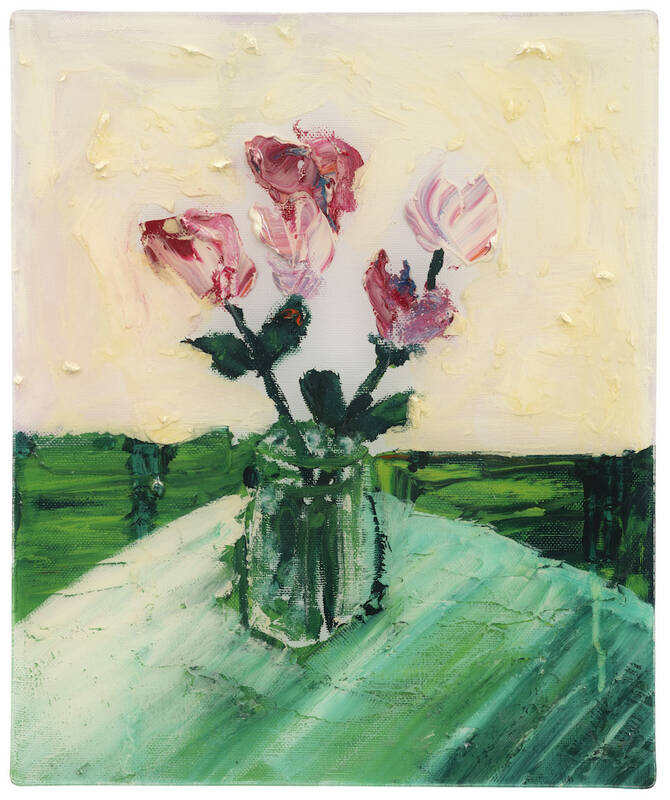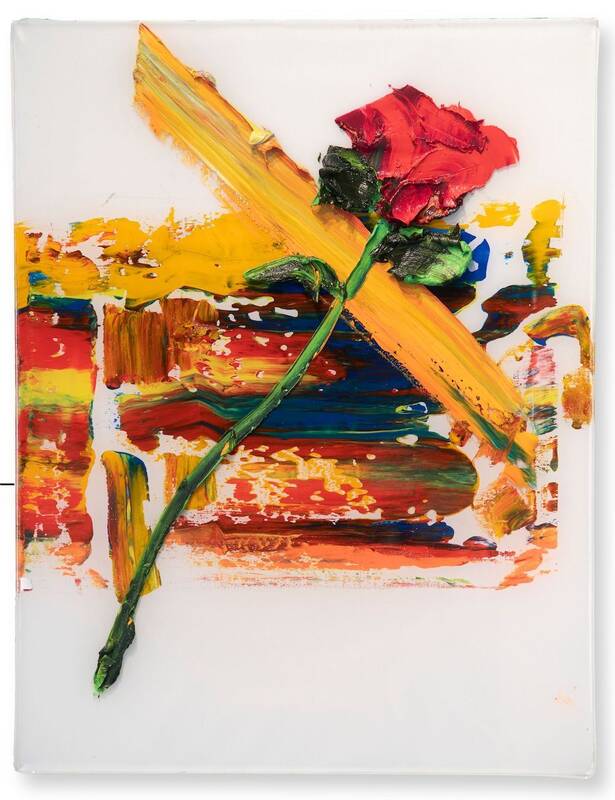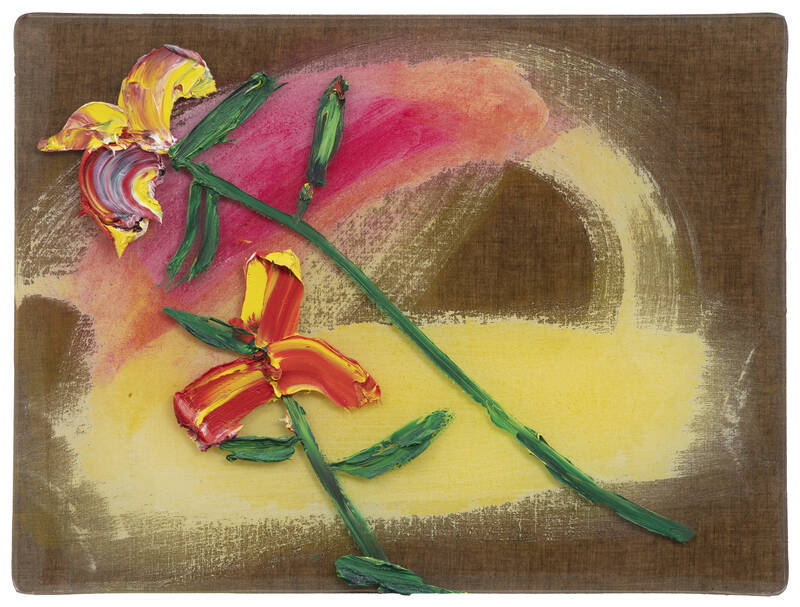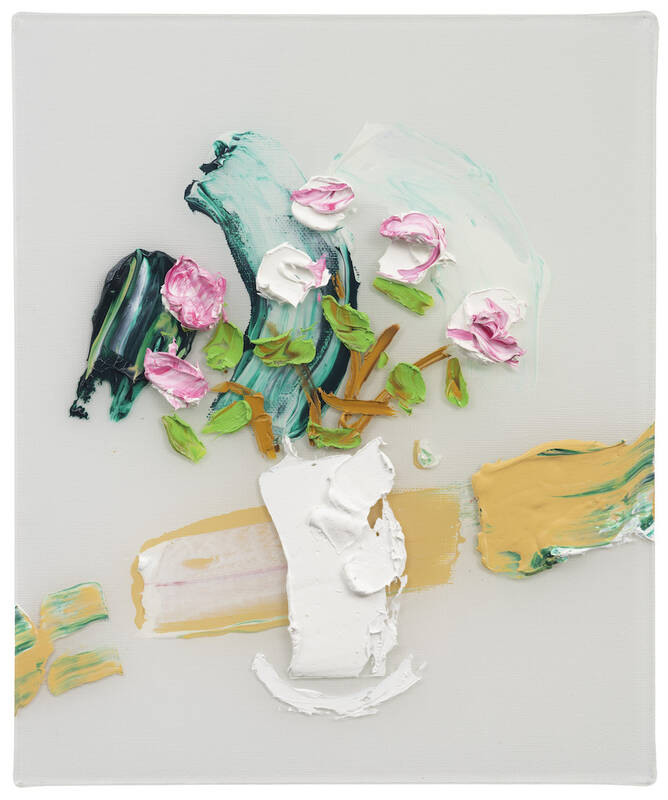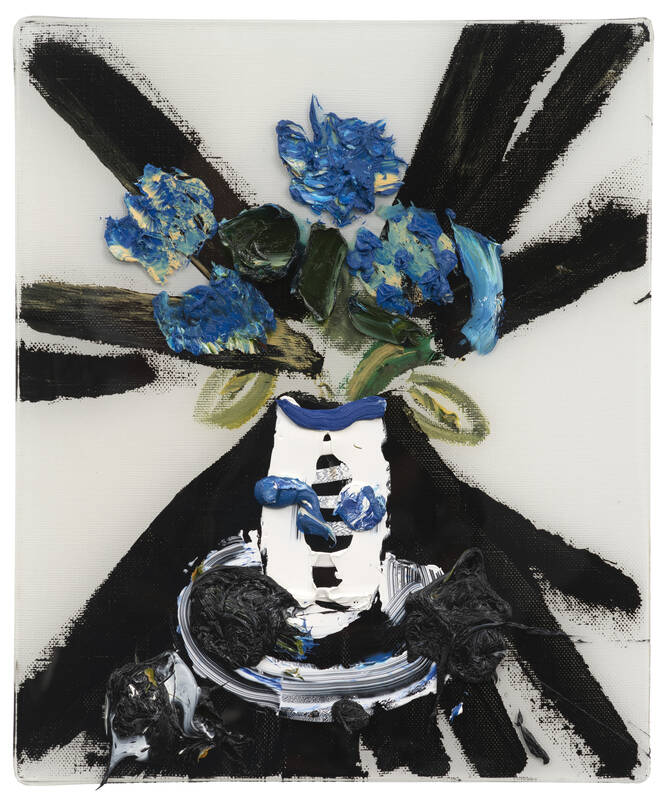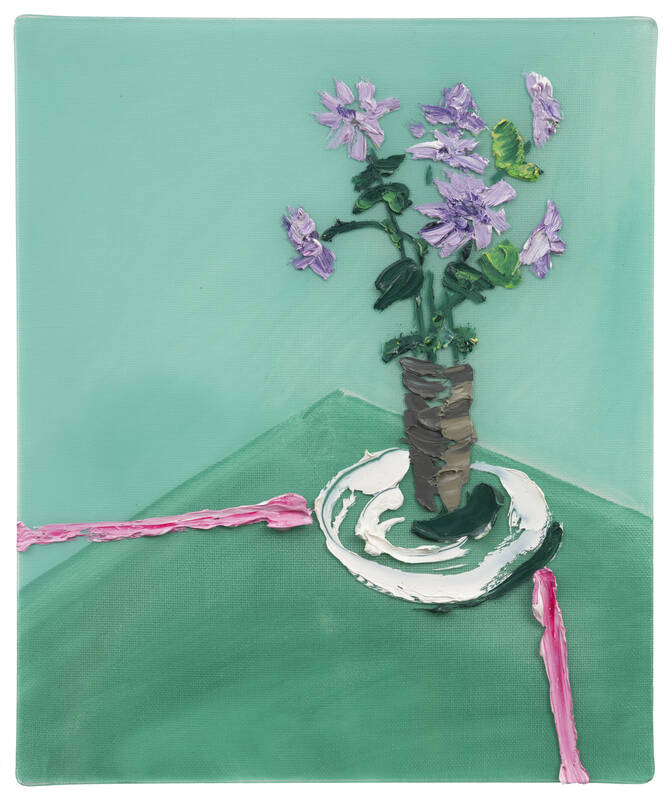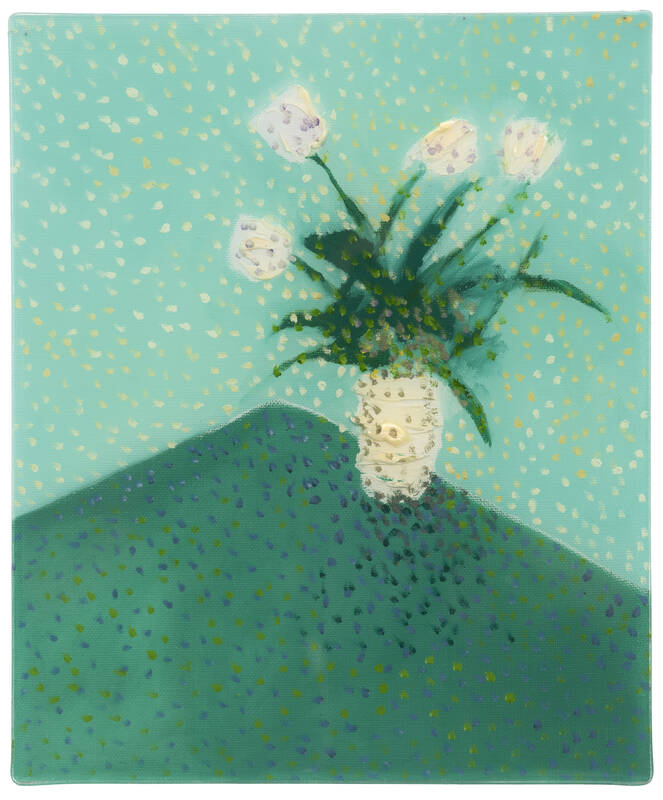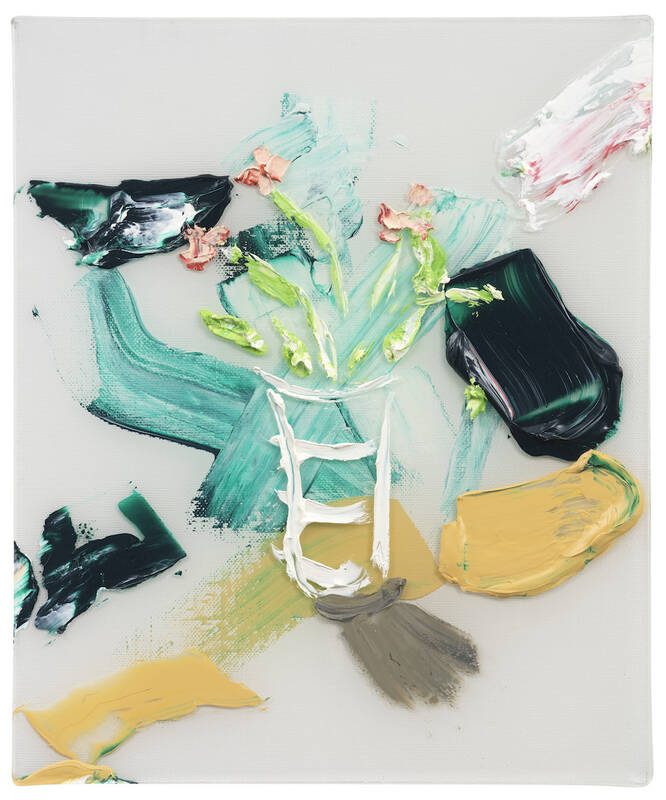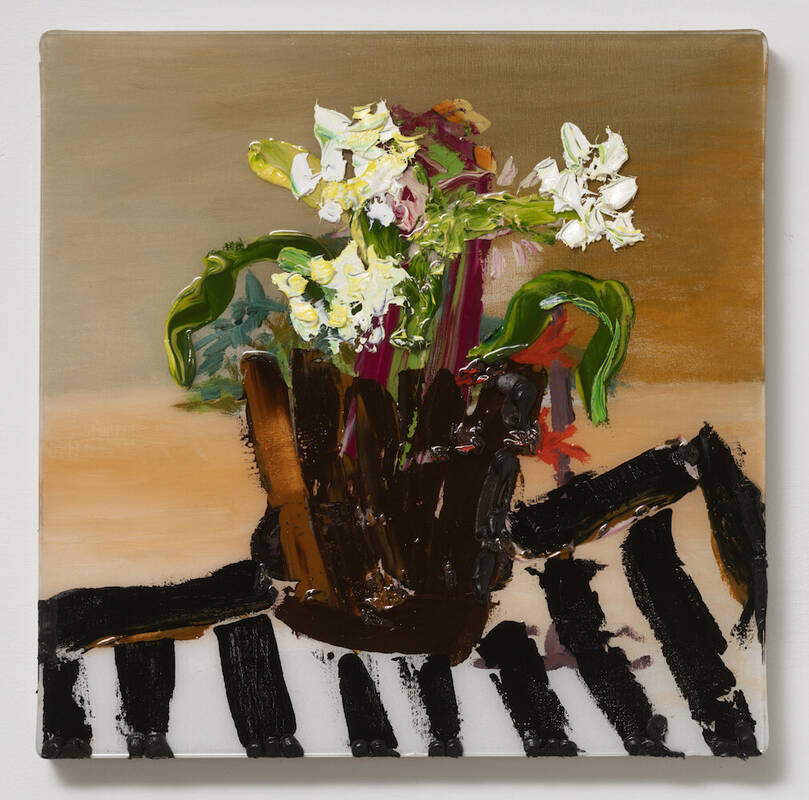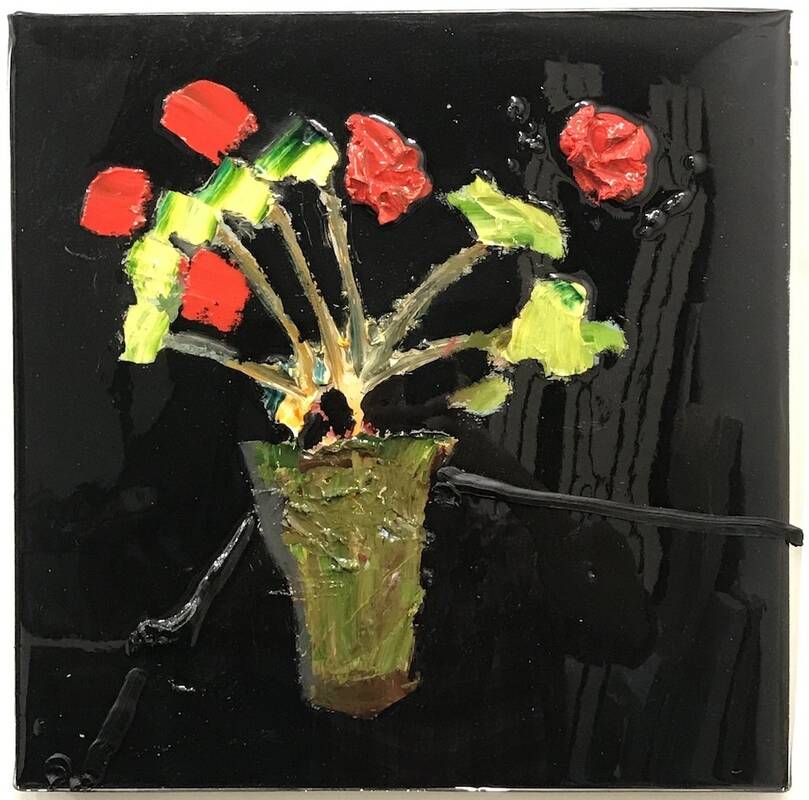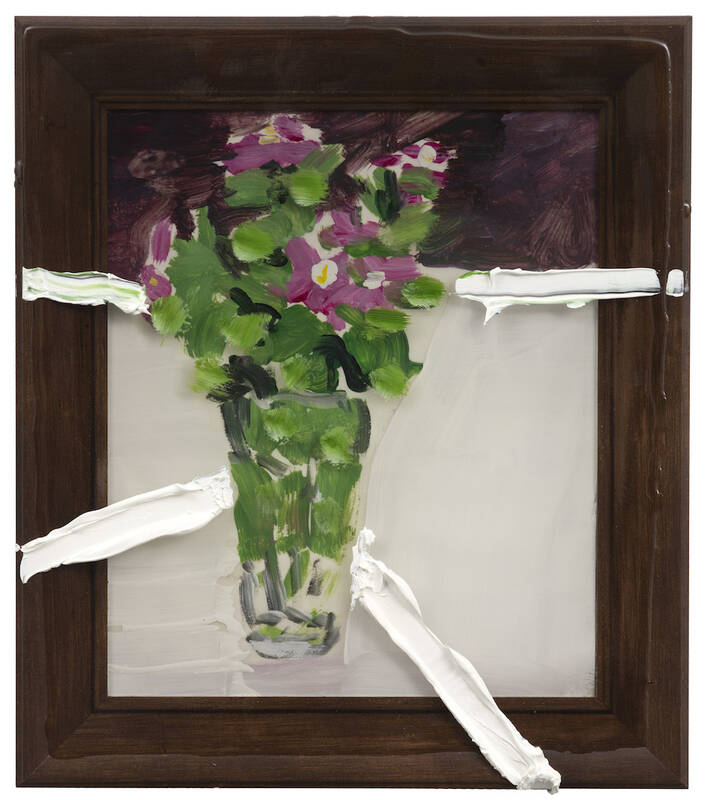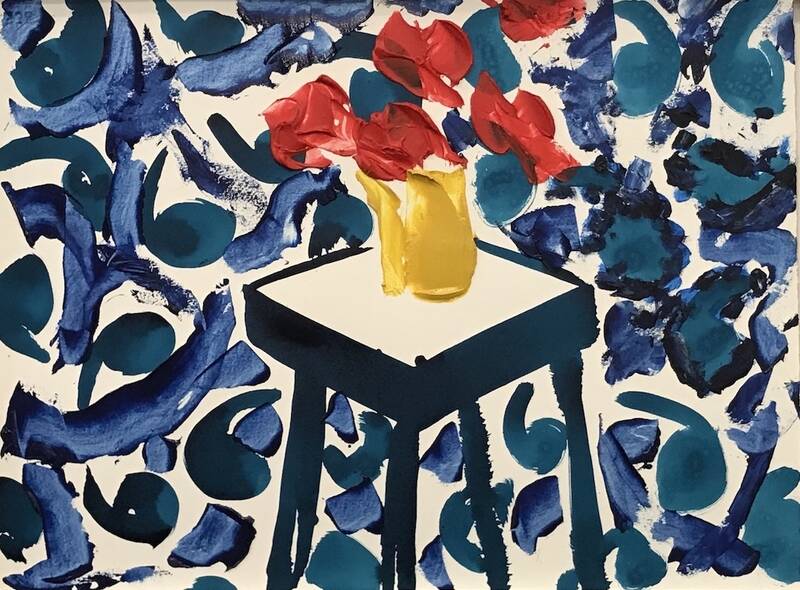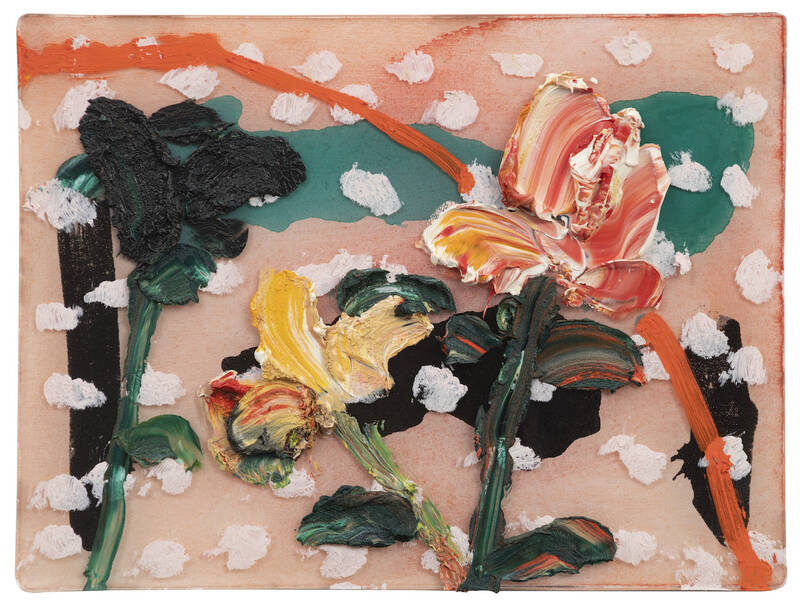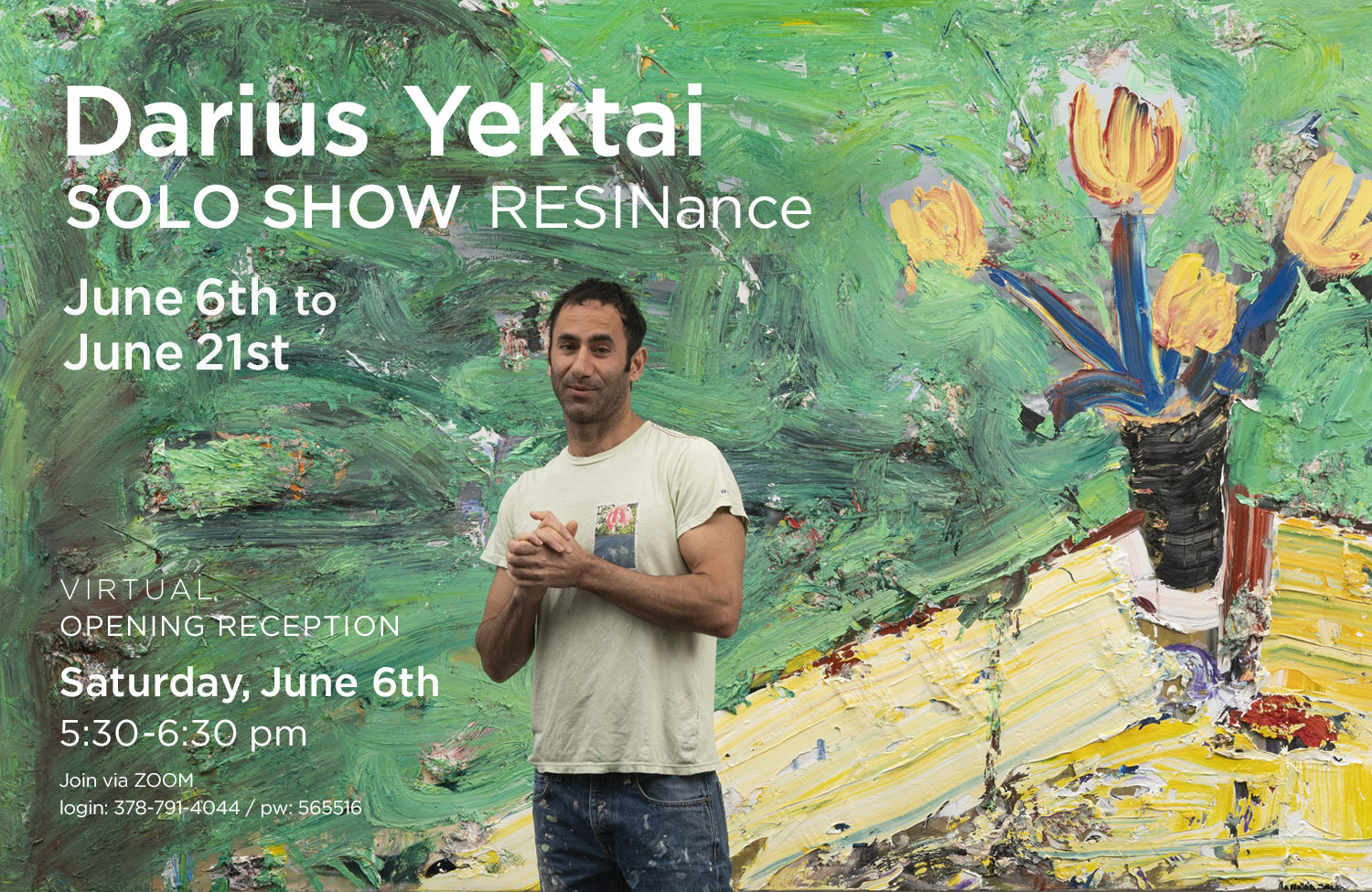
We are thrilled to announce the opening of our first Solo Show for Darius Yektai on June 6th, and we'd like to invite the public to Zoom in at 5:30pm to have a virtual chat with us and the artist.
We also have safe solutions for anyone who would like to view the paintings directly, respecting socially distant requirements.
Please contact Laura at 631-767-5302 to make these arrangements.
Darius Yektai (b. 1973, Southampton NY) lives and works out of his home here in Sag Harbor. He grew up in New York City and is the son of a prominent Abstract Expressionist painter, the late Manoucher Yektai. As such, Yektai represents an interesting artist for us, one that connects us to the local AbEx community, yet is solidly a 21stcentury painter. Yektai, in concordance with his generation, has turned his eyes to the beauty and balance that he witnesses in nature. With his bold technique and interest in the physical world, Yektai represents a lynchpin artist, merging expressionism and naturalism.
Yektai is fascinated with painting in layers - creating a work that, when finished, is a time-lapse recording of his interaction with the canvas as he interprets the subject. He starts with a fairly traditional oil underpainting, and then he pours a 1/2 inch layer of resin on top. When hardened, he has a new layer - like clear ice over a pond, and he jabs thick layers of luscious saturated oil paint with wide brushes onto it. It's as if one blew up any few brush strokes of a Van Gogh painting 20 times larger. These fistfuls of oil paint are begging you to ride along with the artist in his studio the day that painting was created. Yektai's most recent body of work, shown in this exhibit, exudes light and positivity through the use of saturated color. The Grenning Gallery has been searching for a crossover artist that has strong background in Contemporary Art and Abstract Expressionism yet demonstrates a sensitivity and delight in our local landscapes, and Darius Yektai is THAT artist.
Waterlillies is one of the paintings that earned him this spot in our exhibition calendar. It is original and expressive in both color and line, yet harkens back to some of the finest work of the original impressionist movement. The three dimensionality of this painting, and the use of layering to create movement and subtle color shifts makes this an anchor painting to his most recent body of work.
Hampton's Magazine, in 'Taking up Space" by Erica Pratt (June 2020, Volume 42, Issue 42, The Hope Issue) describes Yektai's work as "provocative" but a sentence later explains that it is both "steeped in tradition and experimental". In Darius's own words, he explains "I do it because no one else will do it for me" I hear something calling me forward from the unknown".
In "Large Tulips Yellow Table", pictured here with Yektai standing in front of the work, we see a rich, layered expressionist still life with flowers - almost an oxymoron at every level. The technique is deeply expressive with bold use of color and dramatic brushwork throughout - yet the title explains the banality of the subject matter. As with other talented Grenning Gallery artists; the true painter can find beauty and inspiration in some of the humblest subject matter. This colossal work is 6 x 12 feet.
A noteworthy and one of the most evolved paintings amongst Yektai's most recent work, which is of a higher key of a white background with a layer of thick resin, is "Father's Flowers". The traditional landscape of the pond near his house, is interrupted by a bouquet of white daisies, a gift of sympathy from a friend, and red lines dramatically dropped onto the landscape. Yektai effectively intersects a still life painting with a landscape painting. The dabs of white paint in the sky, which we see in some of the most interesting still lifes in this show, recalls the pointillists of the later impressionist era. We see the artist utilize this trend in his traditional florals as in "Edge of Table" and "Speckled Flowers". He even spells out his emotions, in the third of these teal green paintings in "LOVE Flowers".
An important component of this new exhibition of paintings is Yektai's spirited, figurative "Surfer" paintings. In Waxer, we are first struck by the vibrant yellow hue that dominates the canvas. We then start to make out the representational forms he placed within the composition, mainly, a figure: the surfer, a surfboard, a backdrop of dunes, and an abstract depiction of nature beyond. One may even make note of what appears to be a pine tree, common to the region, illustrated with an illusory, precious, pink pigment. The use of an oil stick brings about a sort-of, Crayola-inspired state of mind. Yektai "plays" with the medium with a youthful curiosity and optimism. One could make the literal case that the surfer, applying wax to his surfboard, is not only an act of ritual maintenance, but also a nod to Yektai's deep fascination with layering.
White Tulips is archetypal in all but scale. Yektai's statement is clear: he has made it with size alone; here he gives us a super-sized, yet child-like reminder of beauty. The dark backdrop, as in an Old Master's still life, allows one to contemplate deeply. Thanks to the half-inch layer of resin, one can even see themselves reflected within the canvas, rousing a new introspection, where the viewer actually becomes part of the painting. Thick applications of dark paint, atop the resin layer, delineates a boundary amidst near-opaque obscurity, - limiting our ability to see underneath. However, the use of black paint atop black paint leads the viewer towards a specific subtlety; a deeply examined delicacy which infatuated some of the great modern painters of the 20th century. Ad Reinhardt, was known for his many black-on-black paintings, the subtle variations of darkness being the main subject matter. Mark Rothko's famous chapel showcases fourteen black paintings. "The chapel has served as a space for personal contemplation, interfaith dialogue and action for human rights" (e.g. Pat Dowell, NPR.org). It is meant to be a quiet space, where thoughts can grow. These 20th century notions of inner-thought, self-reflection, and the aptitude of an eye's ability to see clearly, all emanate from Yektai's large-scale black painting.
White Tulips is a perfect segue from this body of work, to a ground-breaking, larger-than-life, self-portrait series entitled Darklight. These paintings are each about 15 feet tall, painted with dark colors, and difficult to see in natural light. One critic described these portraits as "looking at a Rembrandt with the lights off." No commercial gallery on the East End could handle this series of paintings, and Yektai has long-pondered how they could be exhibited properly. Ultimately, out of 90 applicants, Yektai was selected and awarded a September Solo Exhibition at The Arts Center at Duck Creek, set to open Labor day weekend (https://www.duckcreekarts.org/2020-darius-yektai ).
Black and Blue, one of the most recent florals in this series, is a smaller work, and marks the beginning of his white series, as Yektai continues to experiment with a more abstract and flat background. An exceptional abstract design, and rich use color, whether accidental or planned, we are drawn to this composition - try as we might, our eye cannot leave the canvas. The most recent paintings in this group develop this theme, but in a sea of teal and other spring and sea colors, which are the contemporary equivalent of an abstracted Seurat painting.


